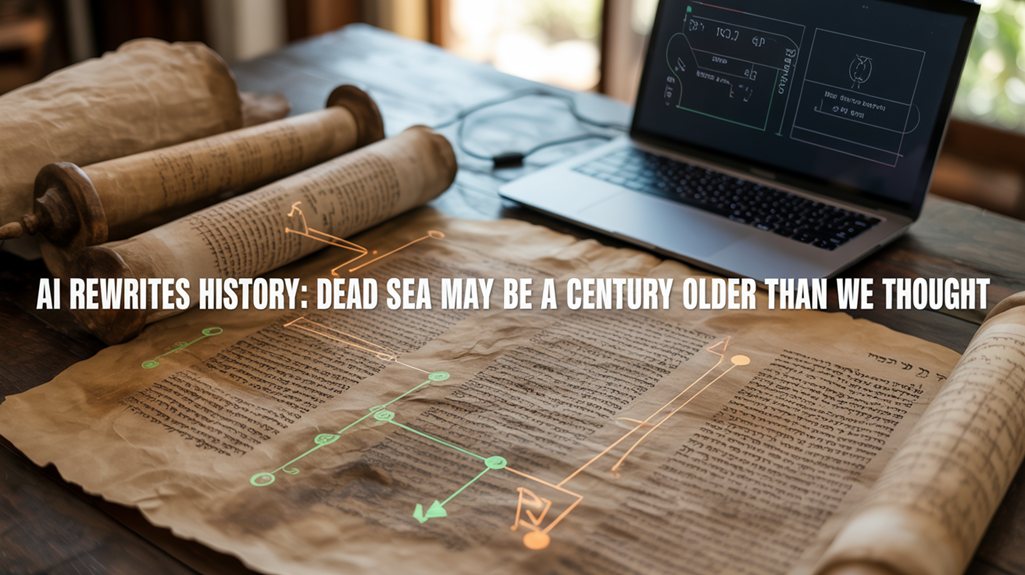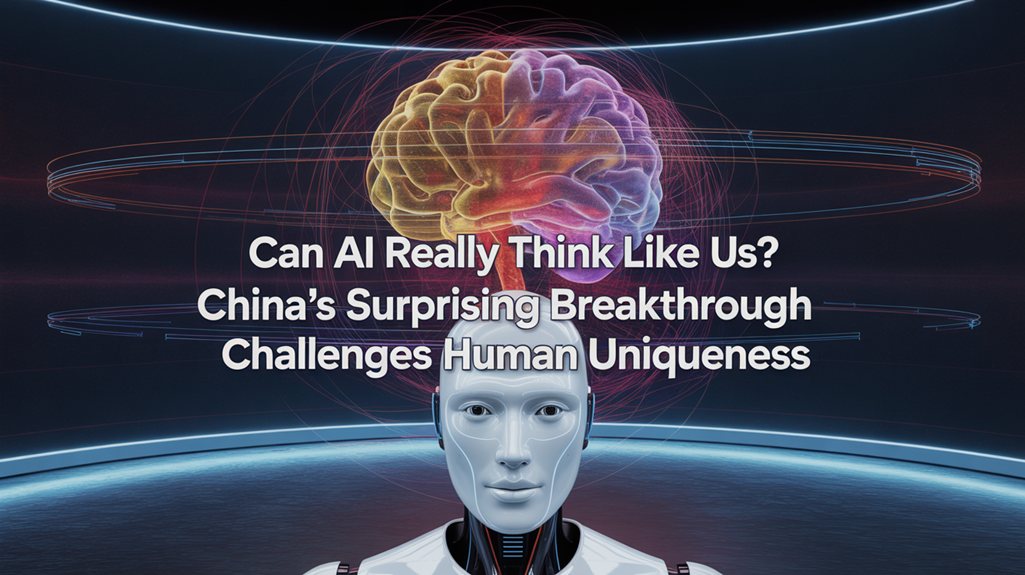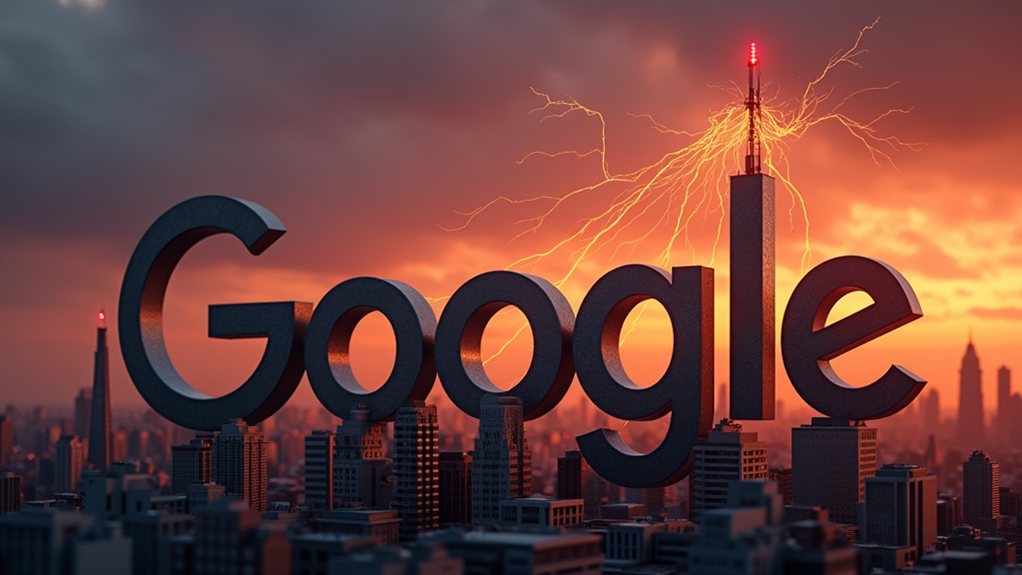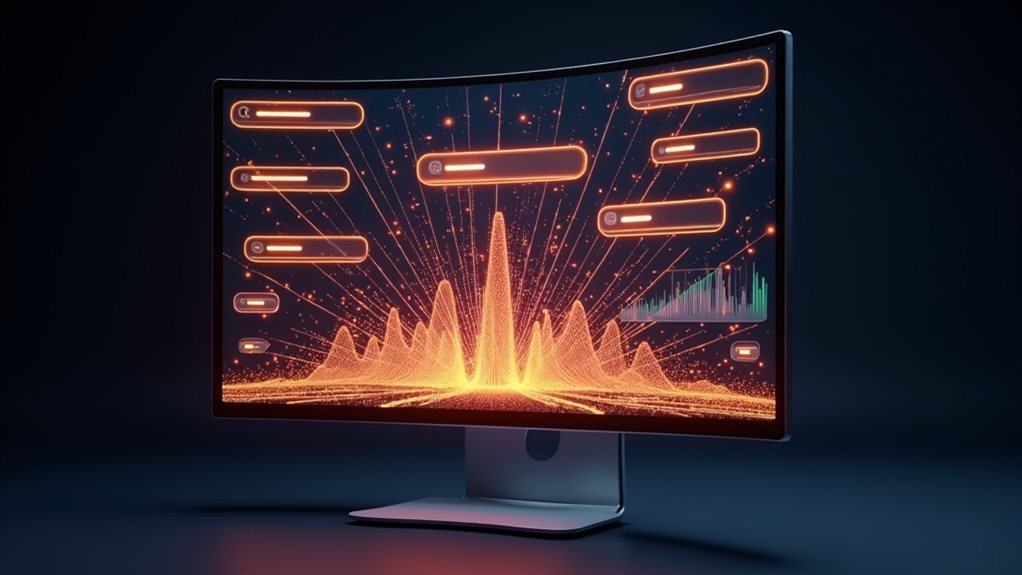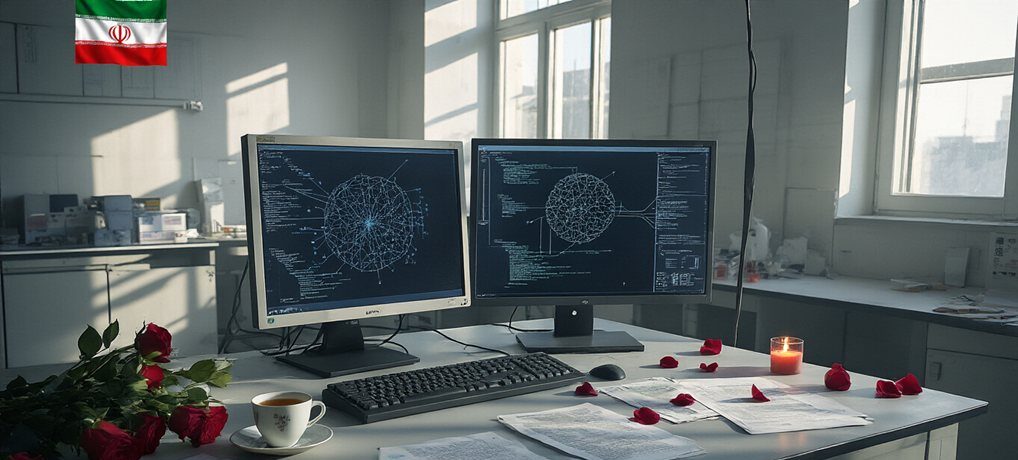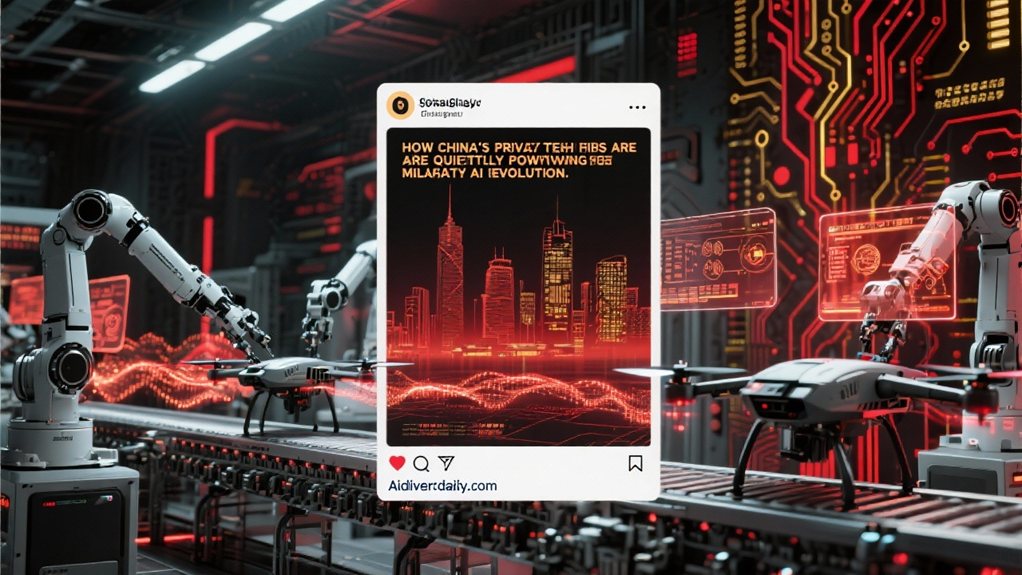AI Dating System Reveals Ancient Biblical Texts Are Older
Countless ancient manuscripts gather dust in museums worldwide, their origins a mystery. Not anymore. A groundbreaking marriage between artificial intelligence and radiocarbon dating is forcing historians to rewrite what they thought they knew about the Dead Sea Scrolls. These ancient texts? They’re likely 50-150 years older than previously believed. Let that sink in.
The research team, led by Professor Mladen Popović at the University of Groningen, developed an AI system that analyzes handwriting styles for chronological patterns. Pretty clever stuff. They applied this tech to 135 undated Dead Sea Scrolls, and the results were shocking. Similar to how cross-validation techniques verify findings against human-verified datasets, this breakthrough promises reliable results. Turns out, our timeline for Jewish textual traditions needs a major overhaul.
AI reveals ancient scrolls are older than we thought, forcing us to rethink Jewish history’s timeline.
Here’s the kicker: previous dating attempts were compromised by castor oil treatments applied to make the scrolls more legible. Scientists aren’t perfect—sometimes they mess up ancient artifacts trying to read them. The team cleaned 30 manuscript samples, successfully re-dating 27 of them. Most showed earlier origins than previously thought.
The technical process was painstaking. Removing contamination without destroying the samples requires surgical precision. External carbon interference had to be eliminated. It’s not exactly weekend DIY work.
These findings don’t just tweak a few dates in history books. They completely reshape our perception of biblical and early Jewish history. If these manuscripts are older, it means the transmission period was longer. Religious and legal texts formed earlier than we thought. Scribal activity in earlier centuries suddenly matters a whole lot more.
The beauty of this approach? It’s scalable. Other ancient, undated manuscripts collecting dust can now be analyzed. AI isn’t just for generating cat memes and fake news—it’s revolutionizing how we grasp our past. The researchers created an AI model named Enoch to specifically analyze the distinct handwriting styles of ancient scribes.
This multidisciplinary collaboration spans AI, archaeology, and radiocarbon dating. Published in PLOS One, the research creates new opportunities for artifact chronology worldwide. The new AI dating method achieved 80% accuracy in providing earlier median age estimates than traditional human paleography methods. It makes radiocarbon dating more credible in archaeology and reduces dependency on limited paleography evidence.
The future looks promising. Handwriting style databases are expanding. International collaboration is growing. And history? It’s being rewritten, one scroll at a time. Who knew algorithms could time-travel?
